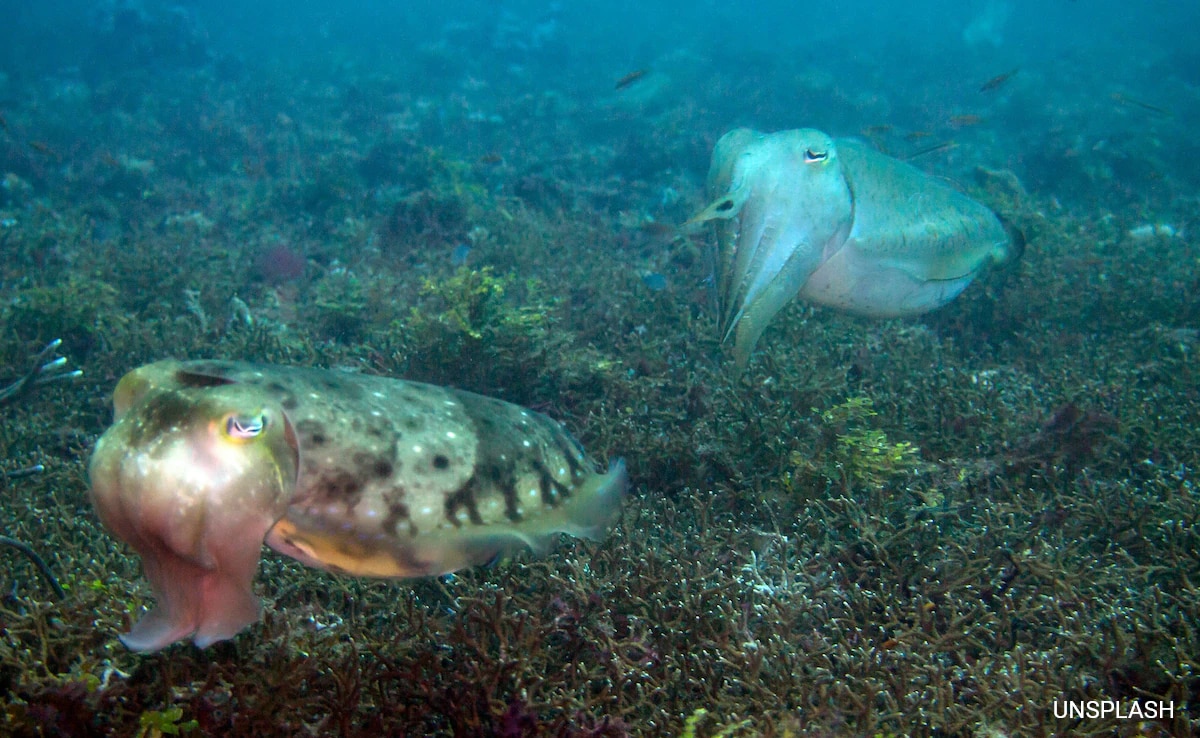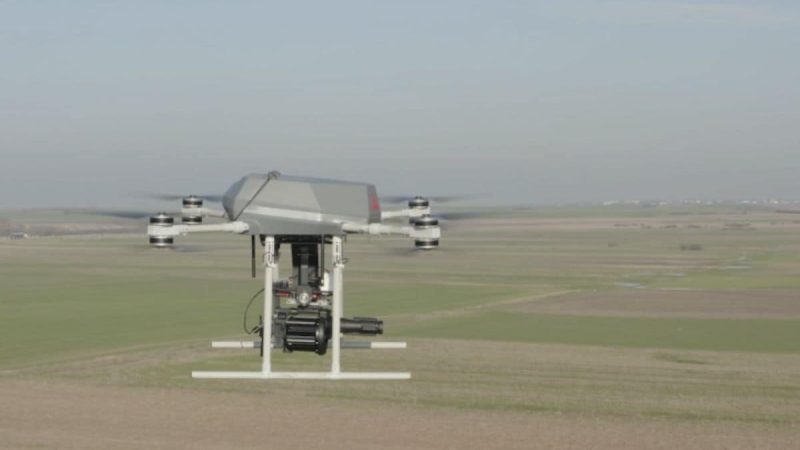Do Sea Creatures Wave At Each Other? Cuttlefish Study Surprises Scientists

Quick Reads
Summary is AI generated, newsroom reviewed.
Cuttlefish can change colours and textures for camouflage purposes.
Researchers found cuttlefish communicate by waving their limbs.
A study identified four distinct waving patterns among cuttlefish.
Cuttlefish, which many people find cute, has the ability to change colours and textures for camouflage. The cephalopods (squid-like creatures) have a unique appearance and abilities. But can they also wave at each other? The question make look weird, but scientists claim to have found evidence of cuttlefish communicating with each other by waving one of their 10 limbs – eighth arms and two tentacles. This is based on a study carried out by conducted by neuroscientists Sophie Cohen-Bodenes of the Ecole Normale Superieure (ENS) in France and Washington University in St Louis, and Peter Neri of ENS and the Italian Institute of Technology.
Newsweek spoke to Sophie, one of the co-authors, who said, “Our study gives a first insight on how cuttlefish may use the four arm waves to communicate visually and through mechanoreception with other conspecifics and also certainly to lure preys and predators.”
The team observed the sea creatures in a tank together, and found four waving patterns that appeared to be consistent: up, side, roll and crown.
Taking a step further, researchers recorded this movement and played it back to the cuttlefish, and to their surprise, the sea creature waved back to the video, as per the outlet.
The experts also recorded waves in water, produced by the fish’s movement.
Science Alert said the cuttlefish’s gesture could be multimodal signals that they receive not just visually but by touch as well. This suggests full range of cuttlefish communication involving multiple senses.
Researchers hope that the study will open up new possibilities in understanding communication in cephalopod species, and to finally decode the species’ evolution.
The study has been posted on preprint server bioRxiv.






